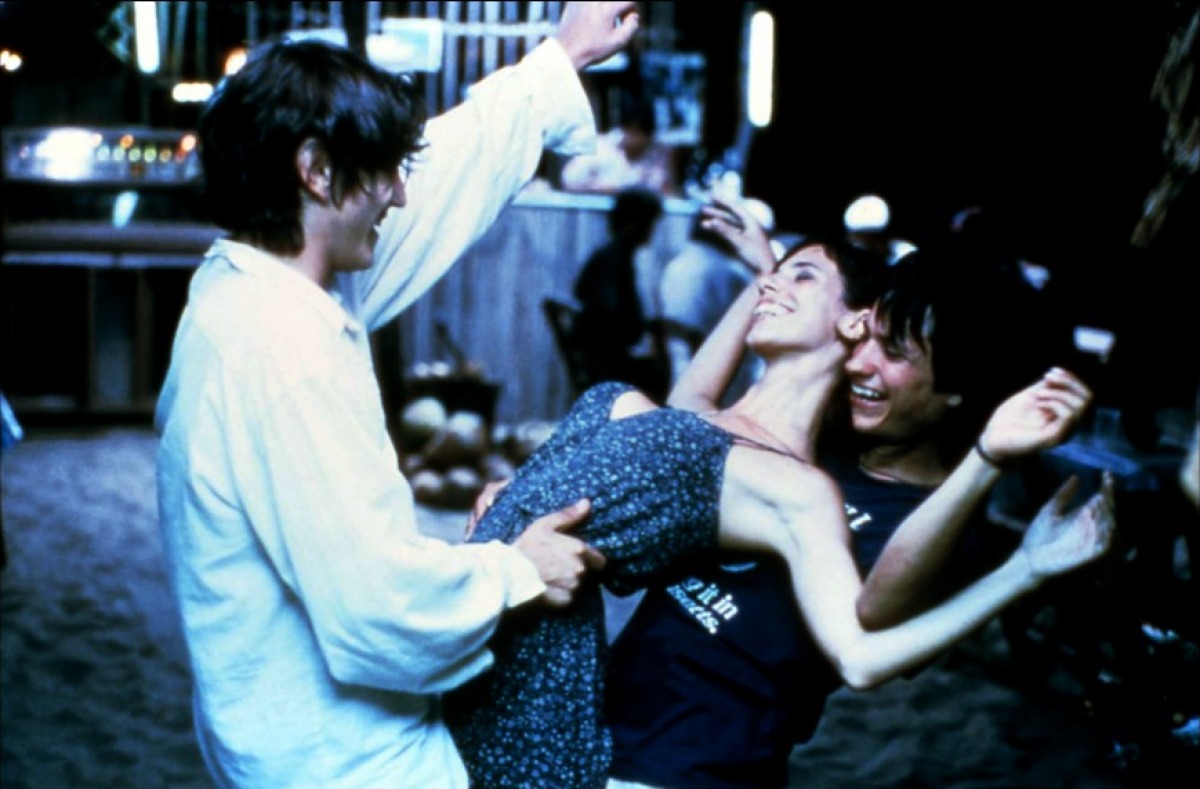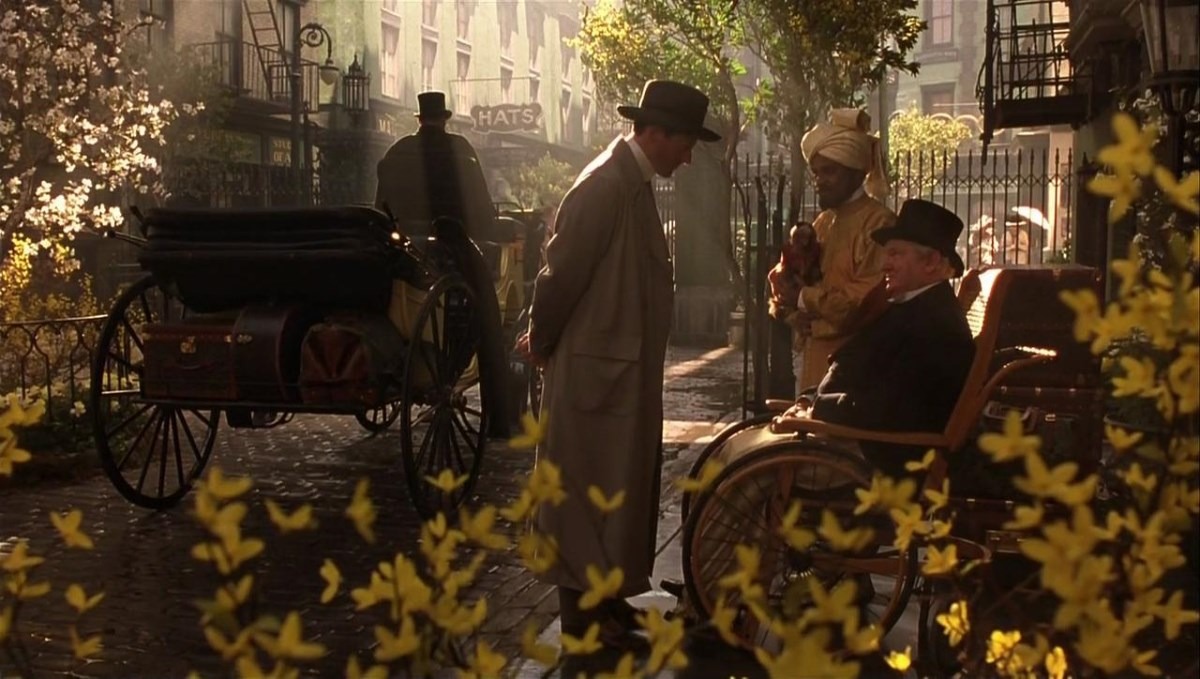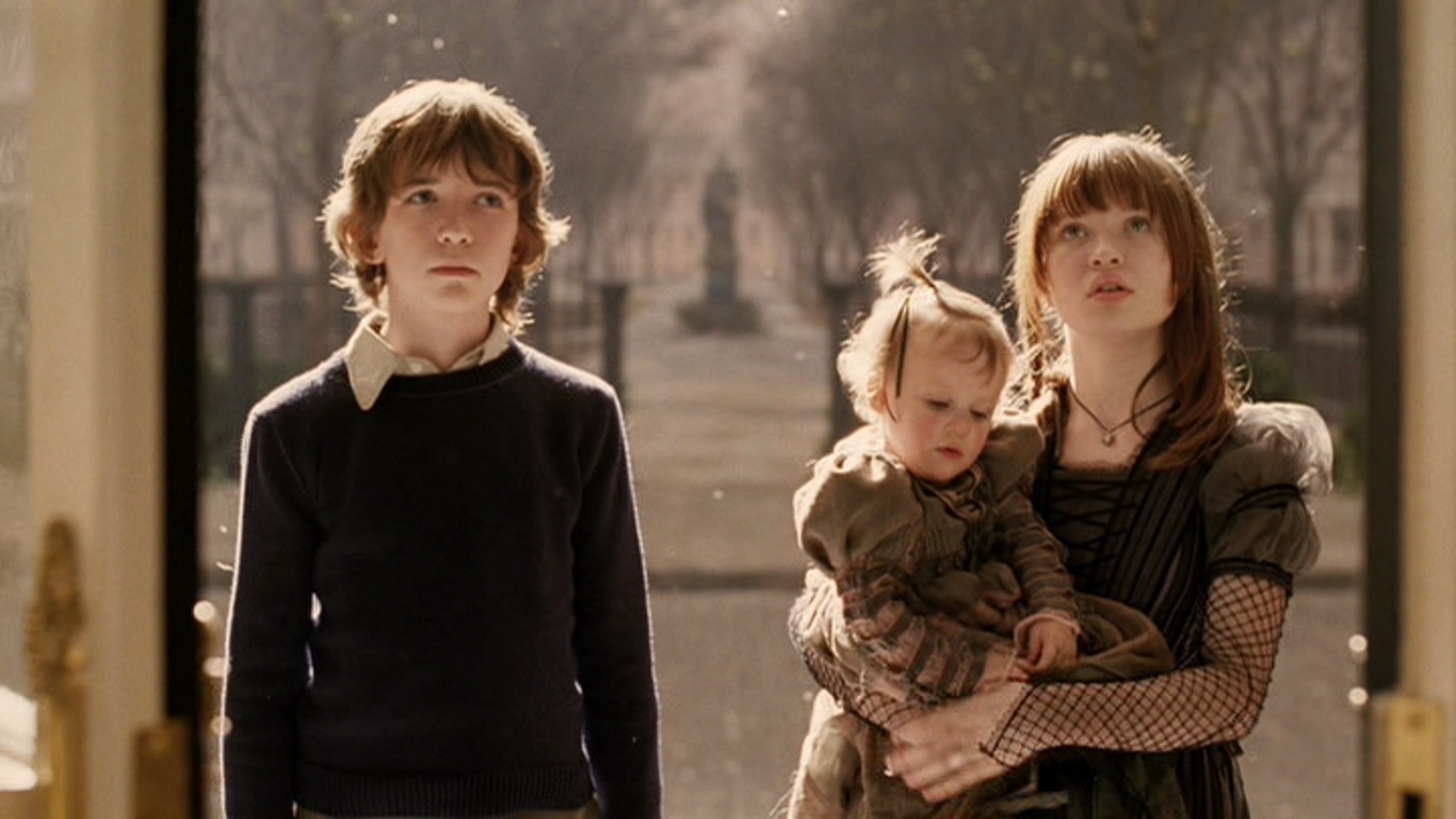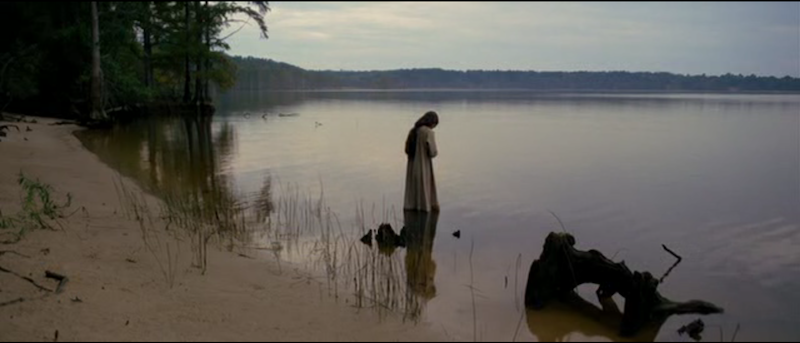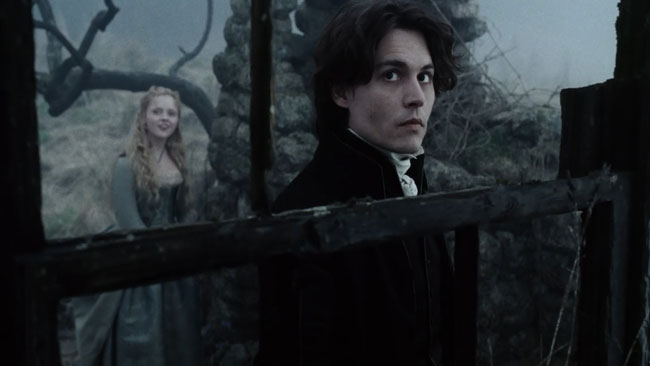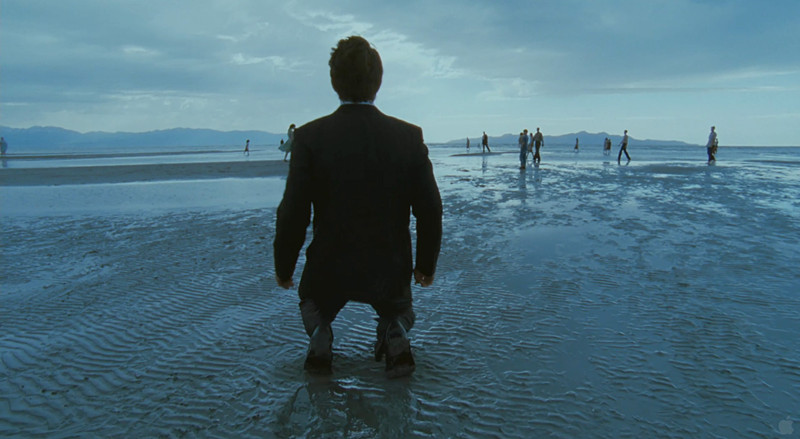
With an ever-growing portfolio of critically acclaimed films and a host of award wins, Mexican D.O.P Emmanuel Lubezki has recently begun to solidify his place as one of cinematography’s all-time greats. Known to his friends as ‘Chivo’, he was born and raised in Mexico City, where his love for cinema was perhaps inherited from his part-Russian father, Muni, who was an actor.
Upon graduating from High School, Lubezki initially studied History at the Universidad Nacional Autónoma de México before abandoning the course to pursue his interest in cinema and transferring to the Centro Universitario de Estudios Cinematográficos. It was here that he ignited a strong, long-lasting and incredibly fruitful friendship with fellow eventual Academy Award winner Alfonso Cuaron.
The pair were later famously expelled from the film school for refusing to subscribe to the schools way of making films, after which Lubezki joined a filmmaking collective and began shooting several shorts & features, funded by the filmmakers themselves.
In 1993, he was hired to shoot his first international feature, Keva Rosenfelds’ Twenty Bucks; and the rest, as they say, is history. Eight Oscar nominations and three wins later, we present – The 10 Most Visually Stunning Films Shot by Emmanuel Lubezki.
10. Y Tu Mama Tambien (2001) – Dir. Alfonso Cuaron
Two horny teenage boys, Julio & Tenoch, meet a gorgeous older woman, Luisa, and persuade her to join them on an intrepid romp through the earthly depths of Southern Mexico in the search of a legendary (but fabricated) beach – Boca del Cielo. As the film progresses, their relationship gradually blossoms into an awkward love triangle as the boys make the rocky, animalistic transition to manhood.
The adventurous narrative offers up a motley array of both interiors and exteriors for Chivo’ to capture, from dingy, sweat-dripped hostels to basking stretches of open road. Frequent lens-flares and sunlight-shots give the film a rich, honeyed hue as golden, dusted shafts of light creep through jungle canopies and skylight windows, whilst romantic scenes are tinted with a dreamy, spliffy haze.
The liberal, happy-go-lucky, soul-searching-sunshine-freedom of youth is wonderfully captured, both psychologically and aesthetically through Chivo’s lens here, in what is a timeless portrayal of the coming-of-age.
9. A Little Princess (1995) – Dir. Alfonso Cuaron
Thematically akin to fellow Mexican Guillermo Del Toro’s more recent princess tale, Pan’s Labyrinth, A Little Princess is the story of Sara Crewe, the sweet, caring daughter of a rich British aristocrat living in India. With the dawn of World War One her father is forced to war and places her in a grandiose all-girls school in New York run by a cruel headmistress, Miss Minchin. Having been thrown into a land far, far away, it is Sara’s penchant for fairytales that she must call upon to help her pull through.
The ever-vibrant nation of India provides wonderful, contrasting aesthetics to a harsh, mid-winter New York. Shooting on film and working with some theatrical set design, Lubezki’s work here has a certain sparkle to it – emanating a nostalgic sense of intrigue and fascination.
Deep, daunting emerald greens and dark, mahogany browns coat the walls of the school that turns into something of a prison for Sara, and it is only her ability to dive into the colorful depths of her imagination and conjure up lost memories of India that enables her to maintain her morale under Miss Minchin’s wicked regime.
8. A Series of Unfortunate Events (2004) – Dir. Brad Siberling
A mystery fire engulfs the Baudelaire family home, killing the parents and leaving the three young children orphaned. They are then taken in by their sinister Uncle, Count Olaf, who’s, it transpires, only motive is to enslave the children and obtain the Baudelaire family fortune. The narrative follows Violet, Klaus and Sunny’s extravagant efforts to evade and eventually expose their villainous uncle.
The ranging array of refuges the children encounter provide a spectrum of colour schemes for Lubezki to shoot, from the exotic ripened greens and flourishing citrus hues of Dr. Montgomery’s Reptile Room to the washed-out greys and rickety wooden browns of Aunt Josephine’s teetering seaside abode.
A Series of Unfortunate Events carries all the gothic poetry of a Tim Burton film combined with the family-orientated peculiarities of a Wes Anderson movie – and the intricate artistic direction of both. Chivo’s camerawork is highly focused on capturing expressive lighting schemes that fuse with theatrical set design to construct a real atmosphere, underlined with an impending, but not overwhelming, sense of doom throughout.
7. The New World (2005) – Dir. Terence Malick
A biographical tale of England’s chancy first steps towards the colonization of America told through the interpersonal perspective of Captain John Smith and the fabled Indian princess, Pocahontas. The film follows Smith’s capture and eventual release by the Powatan tribe and his subsequent attempts to lead a flourishing English colony whilst maintaining his strained romance with Pocahontas.
Lubezki’s cinematography wonderfully captures the idyllic serenity of native Virginia. As Smith discovers the simple peacefulness of life as Powatan, shots of rich, sun-drenched woodland and glistening blue water gently lapping against the shore spur a sense of youthful curiosity in the spectator that is sweetly pertinent given the nature of Smith’s trip – a voyage of discovery.
The films colour palette is a tranquil spectrum of deep greens, rich gold’s, mellow blues and bleak whites, exhibiting Lubezki’s artistic harness of natural light. His use of the steadicam creates the sense of a ‘breathing’ camera, which helps construct the pure, organic feel of the film.
6. Sleepy Hollow (1999) – Dir. Tim Burton
Police constable, Ichabod Crane, arrives in a small hamlet just north of New York City, Sleepy Hollow, to investigate a spate of brutal murders in which the victims have been decapitated. Local rumor suggests an undead, demonic mercenary, The Headless Horseman, is responsible but Crane, known for his unorthodox but state-of-the-art crime-solving techniques, is certain there must be a more logical explanation.
In contrast to some of the more naturalistic work on this list, Sleepy Hollow’s imagery is a stylized mesh of exquisite production design, fantastic costume design and fascinating cinematography. Silver shafts of moonlight illuminate warped trees and creeping mists whilst flaming torches light up the eerie, gothic interiors of the townsfolk’s dwellings; evoking memories of F.W Murnau’s Faust and Nosferatu.
It has a washed out, moody color scheme of threatening greys, dreary whites and silhouetted blacks, and when it’s not nighttime the town seems permanently engulfed in a smoky, ashen dusk that emits a lingering, musky sense of dread.
